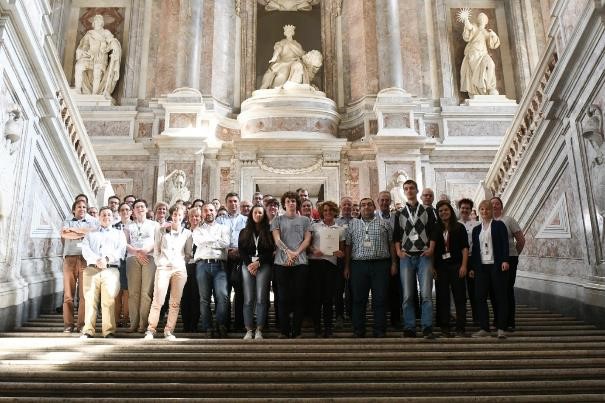 Large-scale methane measurements on individual ruminants for genetic evaluations
Large-scale methane measurements on individual ruminants for genetic evaluations
METHAGENE final meeting.
From October 11-13, 2017, 68 people attended the final METHAGENE meeting. After four years of networking, sharing ideas and working hard, everything was brought together in the final meeting. The meeting was a mixture of overviews of all achievements by the working group leaders, research updates by early stage researchers and group work to elaborate further on thoughts and opportunities. This all will be combined in a recommendation document that will be of great help for new initiatives in this field of large-scale individual recording of enteric methane emissions of ruminants.

The presentations given during the meeting can be downloaded here (password-protected, Please contact Yvette.deHaas@wur.nl for details)


